Latest alcohol treatment figures from the Health Research Board (HRB) show 54,263 cases of people being treated for problem alcohol use in Ireland between 2012 and 2018. There were 7,464 treated cases during 2018, a small increase compared to 7,350 in 2017.
Almost seven-in-ten cases were already alcohol dependent. Many people in treatment had been drinking more in a typical day than would be recommended in a week based on HSE low risk guidelines.
The number of cases presenting with cocaine as an additional
problem drug continues to rise.
According to Dr Darrin Morrissey, Chief Executive
at the Health Research Board:
‘More people receive treatment for alcohol as a main problem drug than any
other drug in Ireland. One-in-five cases seeking alcohol treatment also report
problem use of other drugs, which is known to make recovery harder.
‘Cocaine continues to increase as an additional drug being used by both men and
women who present for alcohol treatment. This is of concern because mixing
alcohol and cocaine can lead to greater physical harm, more severe side-effects
and increased impairment.’
Commenting on the trends, which are based on figures from the HRB’s National
Drug Treatment Reporting System, Dr Anne Marie Carew, Research Officer at the
HRB said:
‘Two-in-three new cases were already dependent on alcohol when they presented
to treatment for the first time. This means that more people are presenting
when the problem is already severe which makes treatment more complex and
recovery more difficult.’
‘On average, both men and women presenting for treatment were drinking more in
a typical day than would be recommended by the HSE in one week for low risk
drinking. The median number of standard drinks consumed by women on a typical
day was 15, while for men it was 20.
Evidence shows that the social and health risks from alcohol increase the more
you drink.’
Low-risk drinking guidelines from the HSE say up to 11 standard drinks in a
week for women, and up to 17 standard drinks in a week for men. That is half a
pint of regular beer, 100 mls of wine or a pub measure (35mls) of spirits.
Drinks should be spaced out over the week, with two to three alcohol free days
per week.
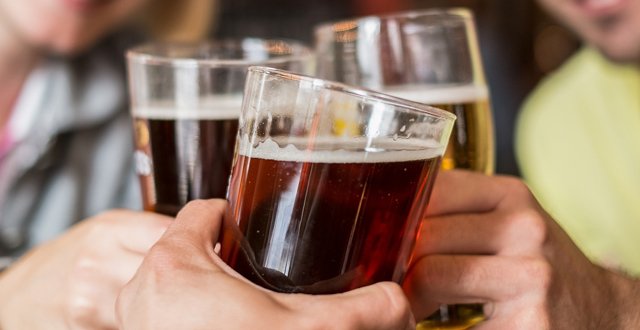
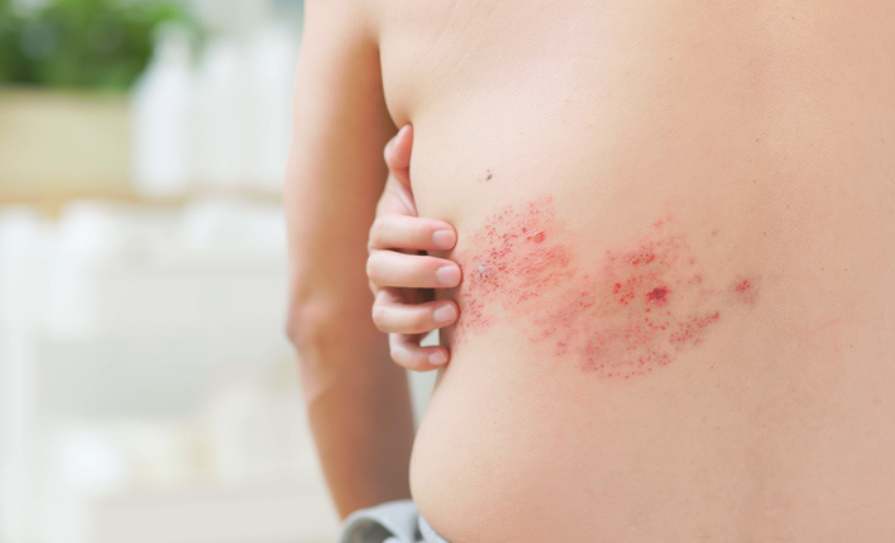
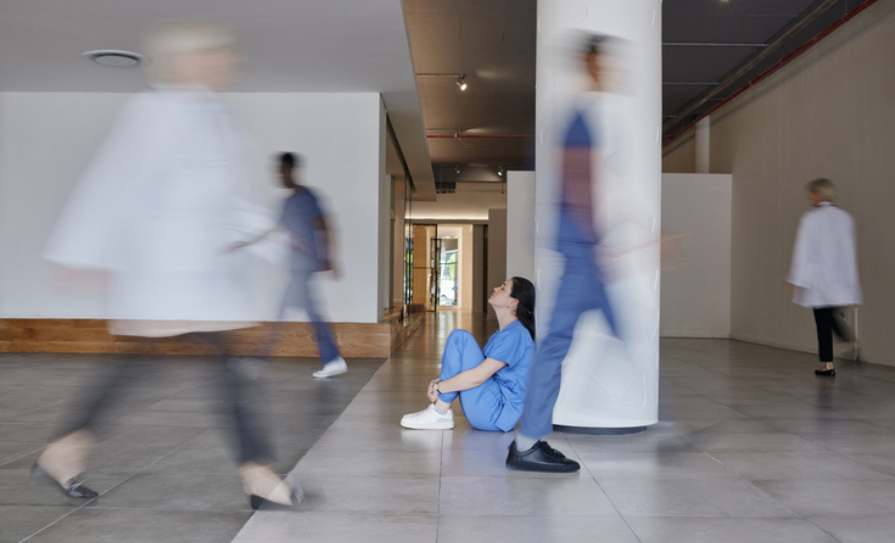
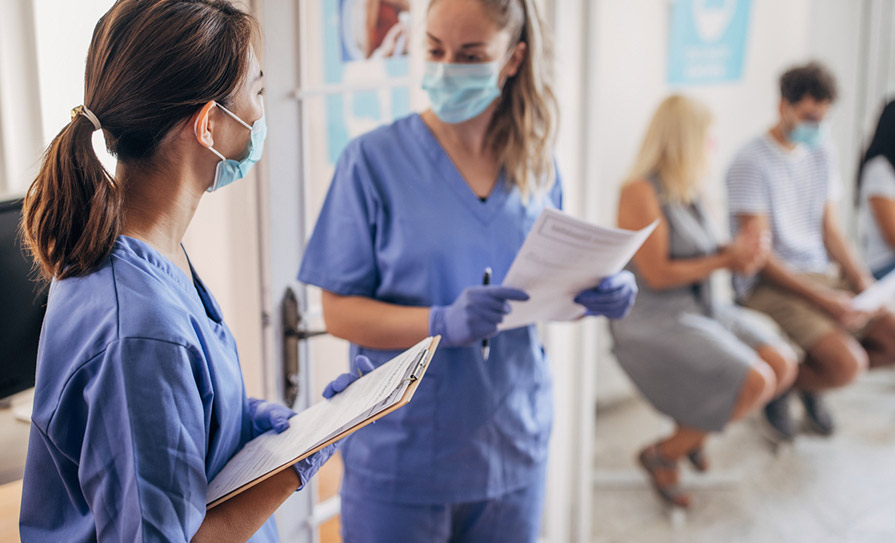






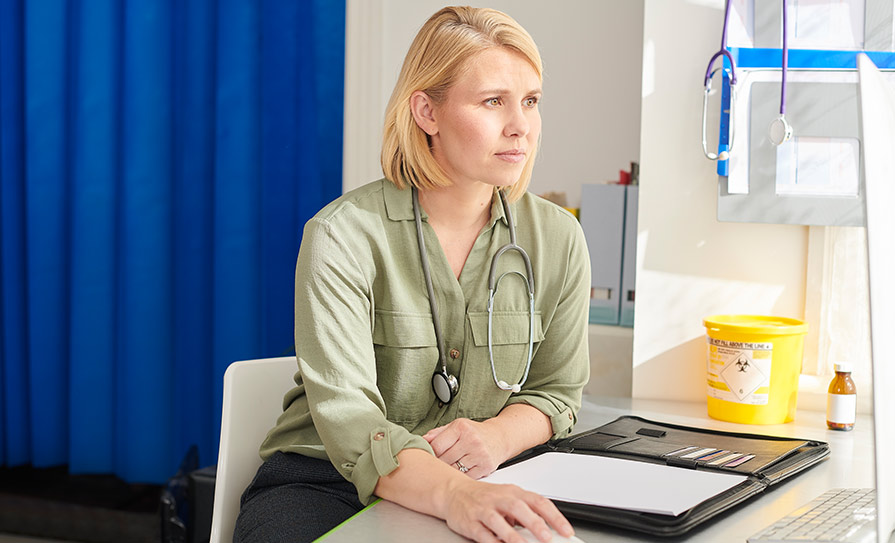


Leave a Reply
You must be logged in to post a comment.